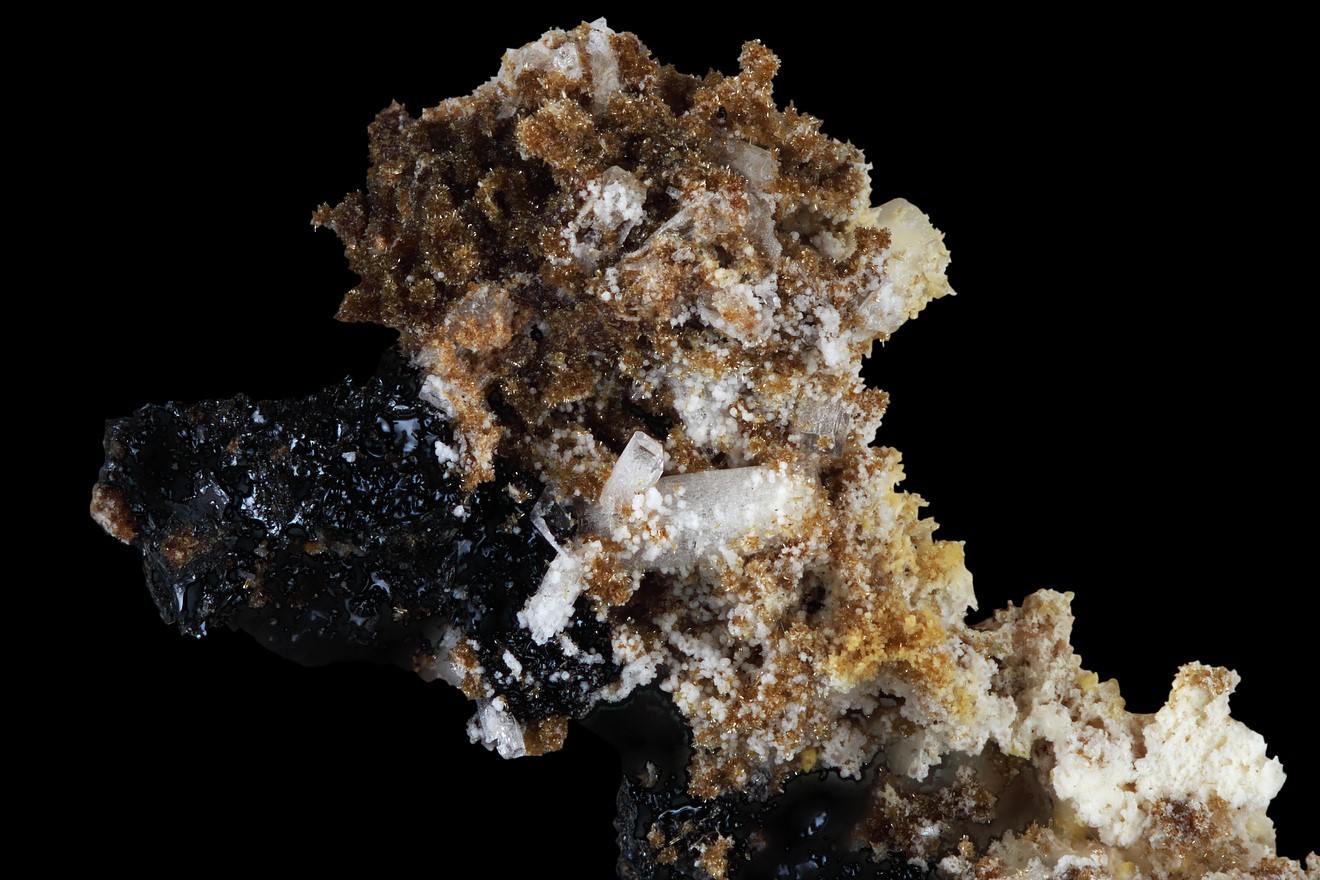
What is the Brown Paper Bag Test? The Brown Paper Bag Test was a discriminatory practice used to determine if a person's skin tone was light enough to be accepted into certain social circles, organizations, or institutions. If someone's skin was darker than a brown paper bag, they were often excluded. This test was prevalent in the early 20th century, particularly within African American communities, where colorism played a significant role. Understanding this practice sheds light on the historical context of racial discrimination and the complexities of colorism. Here are 34 facts that will help you grasp the full impact and legacy of the Brown Paper Bag Test.
Key Takeaways:
- The Brown Paper Bag Test was a discriminatory practice within African American communities, favoring lighter skin. It created divisions and perpetuated harmful stereotypes, but efforts to combat colorism are making progress.
- Education, advocacy, and celebration of diversity are crucial in addressing colorism. By rejecting discriminatory practices and embracing natural beauty, society can work towards a more inclusive and equitable future.
The Origins of the Brown Paper Bag Test
The Brown Paper Bag Test is a historical practice that many people might not be familiar with. It was used to determine social status and privilege within African American communities. Here are some intriguing facts about this discriminatory practice.
-
The test involved comparing an individual's skin tone to a brown paper bag. If their skin was lighter or the same color as the bag, they were considered more acceptable.
-
This practice originated in the early 20th century, particularly during the Harlem Renaissance.
-
It was used in various social settings, including churches, fraternities, sororities, and social clubs.
-
The test was a form of colorism, a type of discrimination where people are treated differently based on the shade of their skin.
The Impact on African American Communities
The Brown Paper Bag Test had a significant impact on African American communities, influencing social dynamics and personal identities.
-
It created divisions within the African American community, often privileging lighter-skinned individuals over those with darker skin.
-
Many African American organizations and social clubs adopted the test as a membership criterion.
-
The test reinforced the idea that lighter skin was more desirable, perpetuating harmful stereotypes.
-
It contributed to internalized racism, where individuals began to believe in the superiority of lighter skin.
The Role of Colorism in Society
Colorism, as exemplified by the Brown Paper Bag Test, has deep roots and wide-reaching effects in society.
-
Colorism can be traced back to slavery, where lighter-skinned slaves often received preferential treatment.
-
The test was not just a social practice but also influenced employment opportunities and educational access.
-
Media representation often favored lighter-skinned individuals, further entrenching colorist attitudes.
-
Colorism continues to affect people today, influencing beauty standards and social interactions.
Efforts to Combat Colorism
Despite its pervasive influence, there have been efforts to combat colorism and its harmful effects.
-
Activists and scholars have worked to raise awareness about the damaging effects of colorism.
-
Many organizations now promote diversity and inclusivity, rejecting colorist practices.
-
Educational programs aim to teach young people about the history and impact of colorism.
-
Media campaigns have started to feature a broader range of skin tones, challenging traditional beauty standards.
Personal Stories and Experiences
Personal stories and experiences highlight the real-life impact of the Brown Paper Bag Test and colorism.
-
Many individuals have shared their experiences of being excluded or judged based on their skin tone.
-
These stories often reveal the deep emotional scars left by colorist practices.
-
Some people have spoken about the pressure to lighten their skin to fit societal standards.
-
Others have discussed the pride they feel in embracing their natural skin tone and rejecting colorist ideals.
The Legacy of the Brown Paper Bag Test
The legacy of the Brown Paper Bag Test continues to influence society, but there are signs of progress.
-
The test is now widely recognized as a discriminatory practice.
-
Discussions about colorism have become more common, helping to challenge and change harmful attitudes.
-
Many people are now more aware of the importance of celebrating all skin tones.
-
The test serves as a reminder of the need for continued efforts to promote equality and inclusivity.
Educational and Cultural Shifts
Education and cultural shifts play a crucial role in addressing the issues related to colorism and the Brown Paper Bag Test.
-
Schools and universities have started to include discussions about colorism in their curricula.
-
Cultural events and festivals now often celebrate diversity and the beauty of all skin tones.
-
Literature and art have become powerful tools for exploring and challenging colorist attitudes.
-
Social media platforms provide a space for people to share their experiences and advocate for change.
Modern-Day Reflections
Reflecting on the Brown Paper Bag Test helps us understand the progress made and the work still needed.
-
Many people now recognize the importance of rejecting colorist practices.
-
Conversations about colorism have led to greater empathy and understanding.
-
There is a growing movement to celebrate natural beauty and diversity.
-
Efforts to combat colorism are increasingly intersectional, addressing related issues of race, gender, and class.
The Path Forward
The path forward involves continued education, advocacy, and celebration of diversity.
-
Ongoing efforts are needed to ensure that all individuals are valued for who they are, not the color of their skin.
-
By learning from the past, society can work towards a more inclusive and equitable future.
The Final Word on the Brown Paper Bag Test
The Brown Paper Bag Test stands as a stark reminder of the colorism that has plagued societies. This test, used to determine social acceptance based on skin tone, highlights the deep-seated prejudices within communities. Understanding its history helps us recognize the ongoing struggles against discrimination and inequality.
By learning about the Brown Paper Bag Test, we gain insight into the complexities of racial identity and the importance of embracing diversity. This knowledge encourages us to challenge outdated norms and work towards a more inclusive future.
Remember, awareness is the first step toward change. Let’s use this understanding to foster empathy and equality in our daily lives. The journey to a fairer world starts with each of us acknowledging past wrongs and striving for a better tomorrow.
Frequently Asked Questions
Was this page helpful?
Our commitment to delivering trustworthy and engaging content is at the heart of what we do. Each fact on our site is contributed by real users like you, bringing a wealth of diverse insights and information. To ensure the highest standards of accuracy and reliability, our dedicated editors meticulously review each submission. This process guarantees that the facts we share are not only fascinating but also credible. Trust in our commitment to quality and authenticity as you explore and learn with us.


